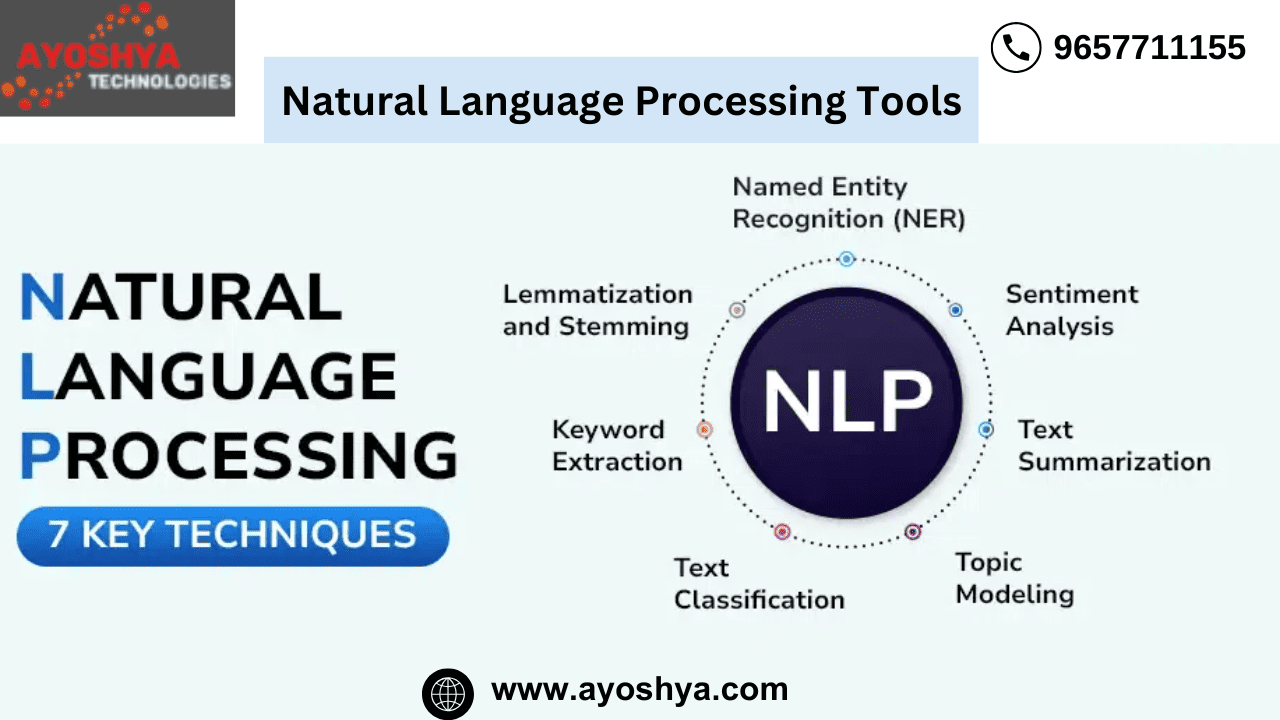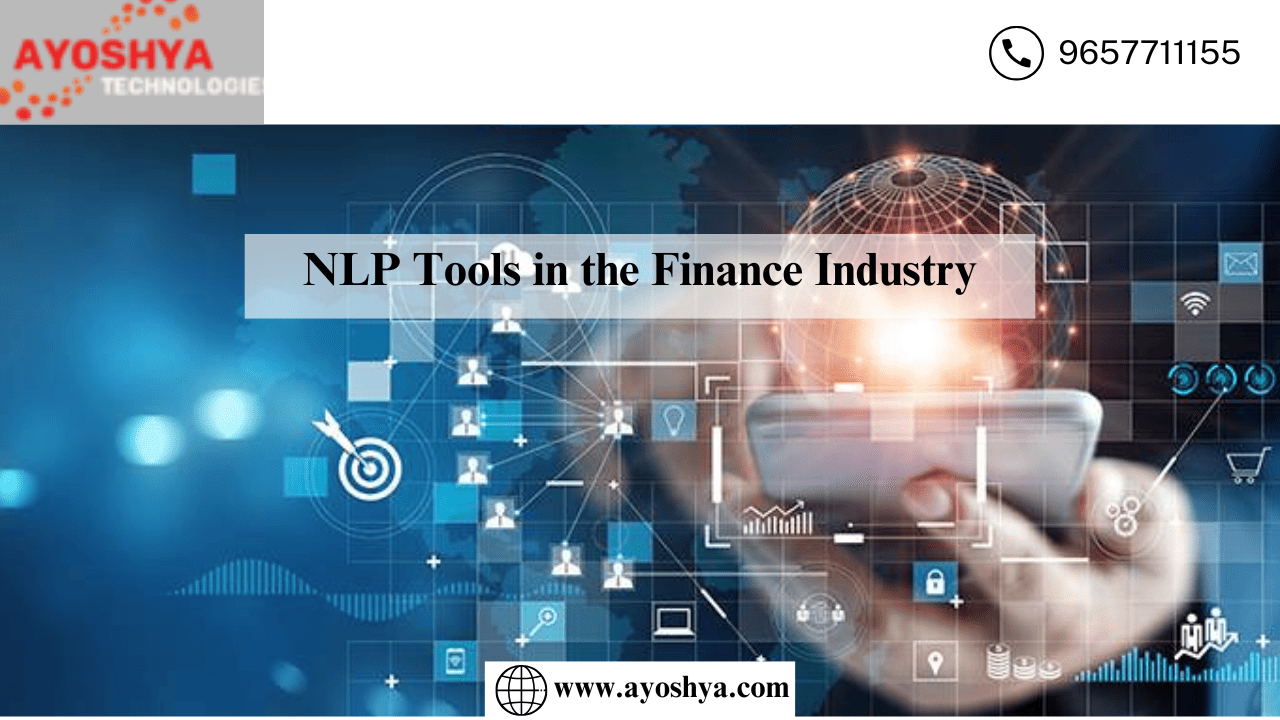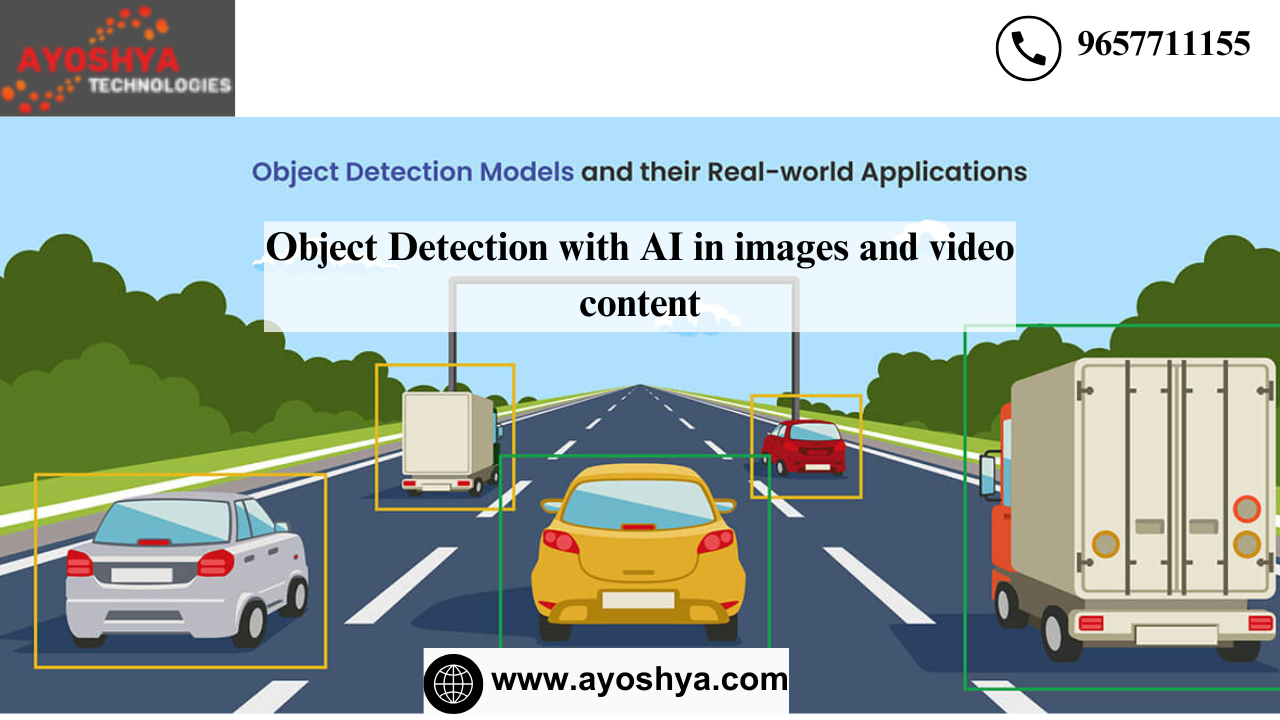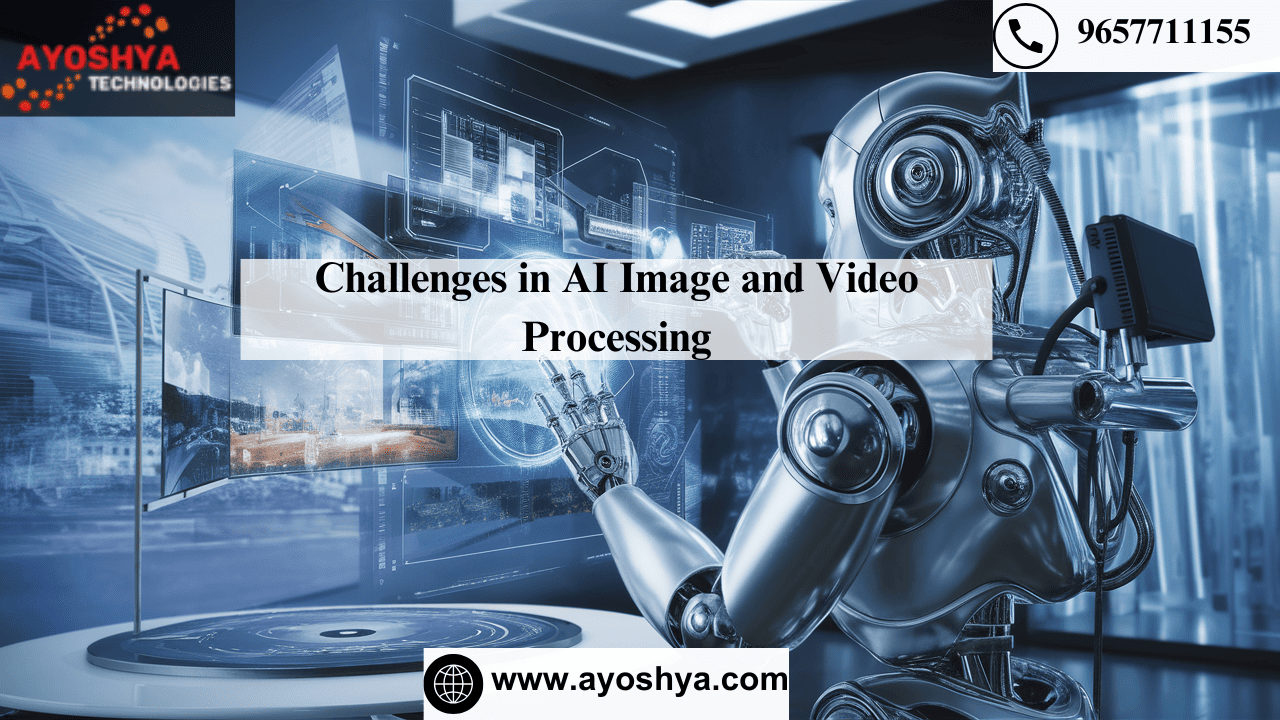Natural Language Processing Tools – NLP Tools Explained
Natural Language Processing Tools
- Tools for text analysis enhance understanding of language patterns and sentiment.
- Translation tools break language barriers, offering accurate, real-time language conversion.
- Content generation tools automate writing, producing diverse formats from articles to code.
- Benefits include improved communication, increased efficiency, and personalized content creation.
- Challenges involve accuracy in context interpretation and maintaining the nuance of human language.
Foundations of Natural Language Processing

Natural Language Processing (NLP) stands at the fascinating intersection of computer science, artificial intelligence, and linguistics, enabling machines to understand, interpret, and generate human language.
This section lays into the essence of NLP, tracing its historical roots and unfolding the core technologies that drive its advancements.
Definition and History
- Introduction to NLP: At its core, NLP seeks to bridge the gap between human communication and computer understanding, allowing for seamless interaction.
- Evolution Over Time: From simple rule-based algorithms to advanced neural networks, NLP’s journey reflects significant milestones in AI development, marked by the evolution from syntactic analysis to understanding semantic and contextual nuances.
Core Technologies and Algorithms
- Overview of NLP Technologies: Machine learning and deep learning algorithms have transformed how computers process natural language and are central to NLP’s success.
- Machine Learning and Deep Learning: These algorithms enable computers to learn from data, recognize patterns, and make decisions with minimal human intervention, powering applications from speech recognition to chatbots.
Understanding NLP Metrics
- Evaluating NLP Tools: To gauge the effectiveness of NLP applications, various metrics such as accuracy, recall, and precision are employed.
- Importance of Metrics: These metrics provide insights into the performance of NLP models, helping developers refine and enhance their applications to better understand and generate natural language.
NLP Tools for Text Analysis

With the foundation set, the exploration moves towards specific tools and methodologies utilized in text analysis, each serving distinct purposes from gauging sentiment to extracting pivotal keywords and uncovering latent topics within vast text corpora.
Sentiment Analysis
- Tools and Techniques: Sentiment analysis tools dissect text to discern underlying emotions, offering valuable insights into public opinion, customer satisfaction, and social media trends.
- Application in Real-World Scenarios: Sentiment analysis is crucial in various domains, from monitoring brand reputation to personalizing user experiences.
Keyword Extraction
- Methods for Identification: Keyword extraction algorithms sift through large datasets to highlight significant words and phrases, enabling content categorization and search optimization.
- Benefit for Content Strategy: By identifying pivotal keywords, businesses, and content creators can tailor their strategies to align with audience interests and search engine algorithms.
Topic Modeling
- Uncovering Underlying Topics: Topic modeling tools analyze text corpora to reveal hidden themes, facilitating content organization and discovery.
- Insights and Applications: This technique is instrumental in content recommendation systems, academic research, and market analysis, providing a macro-view of large text collections.
By unpacking the layers of Natural Language Processing, from its foundational principles to the specialized tools for text analysis, we gain a comprehensive understanding of its capabilities and applications.
This knowledge enhances our appreciation of the intricate dance between language and technology and opens up avenues for innovative applications that leverage NLP to address real-world challenges.
Top 10 Use Cases for NLP Tools

Natural Language Processing (NLP) tools have found their place across various applications, revolutionizing how we interact with digital systems and extracting value from text and speech data.
Here are the top 10 use cases for NLP tools, showcasing the diversity of their applications and the benefits they bring to various technologies:
- Customer Service Automation
- Technology: Chatbots and virtual assistants
- Benefits: Enhances customer experience with 24/7 service availability, immediate responses to inquiries, and personalized interaction, reducing wait times and freeing human agents for complex issues.
- Sentiment Analysis
- Technology: Social media monitoring and market research tools
- Benefits: Allows businesses to gauge public sentiment towards products, services, or brands in real time, enabling quick responses to customer needs and market trends.
- Language Translation
- Technology: Machine translation platforms
- Benefits: Break down language barriers, facilitating global communication and content accessibility, essential for international businesses and travelers.
- Content Creation and Summarization
- Technology: Automated content generation tools
- Benefits: Produces and summarizes articles, reports, and documents quickly, aiding content marketers and publishers in keeping up with content demands.
- Search Engine Optimization (SEO)
- Technology: SEO tools for keyword research and content optimization
- Benefits: Improves website visibility and user engagement by optimizing content with relevant keywords and phrases, driving organic traffic.
- Email Filtering
- Technology: Email clients
- Benefits: Automatically categorizes incoming emails into folders like spam, social, and primary, improving productivity and protecting users from malicious content.
- Voice-Activated Control
- Technology: Smart devices and home automation systems
- Benefits: Enables users to interact with devices through voice commands, enhancing accessibility and convenience for various applications.
- Text-to-Speech and Speech-to-Text Conversion
- Technology: Accessibility tools
- Benefits: Converts written text into spoken words and vice versa, aiding users with disabilities and improving accessibility to digital content.
- Market and Competitive Intelligence
- Technology: Business intelligence platforms
- Benefits: Automates the extraction of insights from news articles, financial reports, and industry publications, supporting strategic business decisions.
- Fraud Detection and Compliance Monitoring
- Technology: Financial and regulatory compliance systems
- Benefits: Analyzes transactional and communication data for patterns indicative of fraudulent activity, ensuring regulatory compliance and protecting against financial losses.
NLP tools are most commonly used in technologies that require understanding, generating, or translating human language, bridging the gap between human communication and digital data processing.
The benefits are widespread, from improving operational efficiency and customer satisfaction to enabling richer insights and stronger compliance controls across industries.
As NLP technology continues to evolve, its applications and impact are set to expand, further embedding NLP tools into the fabric of digital transformation.
NLP in Translation Services

Machine Translation
- Overview: Delve into machine translation tools, pivotal for transforming text across languages and ensuring seamless global communication. These tools are essential for making content universally accessible and breaking down language barriers in real-time.
Challenges in Machine Translation
- Nuances and Idioms: This section tackles the intricate challenge of translating idiomatic expressions and linguistic nuances deeply rooted in cultural contexts. It’s about balancing literal translation and conveying the intended meaning.
- Cultural Differences: This chapter delves into how cultural differences influence translation accuracy. Understanding these subtleties is crucial for translating linguistically accurate and culturally appropriate texts.
Case Studies
- Global Communication Successes: This section highlights successful case studies where translation tools have effectively closed the gap between languages in international business, diplomacy, and global education, showcasing the profound impact of NLP on fostering international relations.
Content Generation with NLP

Automated Content Creation
- Tools Overview: Investigate the spectrum of software dedicated to generating written content automatically. From drafting news pieces to compiling detailed reports and crafting compelling marketing copy, these tools revolutionize content creation, offering speed and scale.
Chatbots and Virtual Assistants
- Development and Application: Unpacking the creation and deployment of chatbots and virtual assistants. These NLP-powered conversational agents are redefining customer service and user engagement, offering personalized interactions at scale.
Creative Writing
- NLP in Art: This section explores the intersection of NLP and art, exploring how these technologies produce creative works like poetry, stories, and more. It illuminates the expanding capabilities of AI, pushing the frontiers of creativity and artistic expression.
Pros and Cons of NLP Tools

Integrating Natural Language Processing (NLP) tools across various sectors has transformed how we interact with technology, offering numerous advantages while presenting certain challenges.
Here’s an overview of the pros and cons associated with NLP tools:
Pros
- Enhanced Efficiency and Automation: NLP tools streamline operations, from customer service automation with chatbots to rapidly analyzing vast datasets, significantly reducing manual effort and increasing productivity.
- Improved Communication: NLP tools facilitate more effective and inclusive communication by breaking down language barriers through translation services and enabling voice-activated interactions.
- Data Insights: NLP’s ability to analyze and extract meaningful insights from text data aids in informed decision-making across marketing, finance, healthcare, and more, leveraging sentiment analysis and keyword extraction.
- Personalized User Experiences: Through content recommendations and personalized communication, NLP enhances user engagement by tailoring information and services to individual preferences.
- Accessibility: Speech recognition and voice-to-text capabilities make technology more accessible, particularly for individuals with disabilities, enhancing inclusivity.
Cons
- Complexity in Language Nuances: Capturing the subtleties of human language, including sarcasm, idioms, and cultural nuances, remains a challenge for NLP algorithms, potentially leading to misunderstandings or inaccuracies.
- Data Privacy Concerns: The extensive data required to train NLP models raises privacy issues, necessitating rigorous data protection measures to safeguard sensitive information.
- Bias and Fairness: Biases embedded in training datasets can lead NLP tools to produce skewed or unfair outcomes, requiring ongoing efforts to identify and mitigate such biases.
- Dependency on Quality Data: The effectiveness of NLP tools relies heavily on the quality and diversity of training data, with poor data quality leading to less reliable outputs.
- Cost and Resource Intensive: Developing, training, and deploying sophisticated NLP models can be resource-intensive, requiring significant computational power and financial investment, potentially limiting accessibility for smaller organizations.
In summary, while NLP tools offer transformative potential across many domains, realizing their full benefits while addressing the associated challenges requires a balanced approach.
This includes ongoing research to improve language understanding, commitment to ethical principles in AI development, and investments in technology to ensure broad and equitable access.
Emerging Trends in NLP

Advancements in Language Models
- State-of-the-Art Models: Dive into the latest advancements in language models, such as GPT-4 and BERT, which have transformed our natural language understanding and generation capacity. These models have set new benchmarks in AI’s ability to produce text closely resembling human-written content, opening up new possibilities in automated writing, customer service, and beyond.
Voice and Speech Recognition
- Technological Breakthroughs: Explore the cutting-edge in voice and speech recognition technologies. These innovations convert spoken language into digital text, significantly improving user interactions with devices and making technology more accessible to people worldwide.
Ethical Considerations
- Impact on Society: This section delves into the profound implications of NLP for privacy, data security, and the potential for biases within AI algorithms. It underscores the pressing need for robust ethical guidelines and frameworks to responsibly guide the development and application of NLP technologies.
Implementing NLP Tools in Business and Industry

NLP for Market Analysis
- Consumer Insights: Uncover how NLP tools are leveraged to analyze vast amounts of textual data from customer feedback, social media, and more, providing businesses with deep insights into consumer behavior and preferences.
- Competitive Intelligence: Learn about the power of NLP in scanning the digital landscape to gather intelligence on market trends and competitor strategies, which can offer companies a competitive advantage in their strategic planning.
Customer Support Automation
- Chatbots and Automated Systems: Learn how NLP transforms customer support by deploying chatbots and automated response systems. These tools respond to customer inquiries with unprecedented efficiency and accuracy, enhancing the customer service experience.
Personalization and Recommendation Systems
- Tailoring User Experiences: Investigate how NLP is at the forefront of personalizing digital experiences. From content recommendations to tailored search results, NLP technologies are crucial in delivering content that meets individual user preferences, boosting engagement and user satisfaction.
Navigating the complexities of human language presents an ongoing challenge for NLP technologies.
The multifaceted nature of linguistic expression, from nuanced idioms to evolving slang, demands sophisticated understanding beyond the literal meaning.
Achieving this level of comprehension is intricate due to the inherent variability and richness of language across different cultures and communities.
- Complexity of Human Language: Deciphering language’s subtle nuances, idioms, and evolving nature.
- Data Privacy and Security Concerns: Handling extensive datasets necessitates stringent measures to protect sensitive information, ensure user trust, and adhere to privacy laws.
- Bias Mitigation: Identifying and correcting biases within NLP models is crucial for fair and unbiased outcomes. Strategies include:
- Utilizing diverse datasets to reflect a broad spectrum of linguistic expressions and cultural contexts.
- Implementing algorithmic adjustments to reduce inherent biases and promote equity in language processing.
Future Directions in NLP

The horizon of NLP is marked by potential breakthroughs that promise to deepen our interaction with technology, making it more intuitive and human-like.
Anticipated advancements are set to tackle current limitations, offering more accurate and context-aware language interpretations.
- Innovative Language Models: We anticipate the development of advanced models capable of nuanced understanding and generation of human language, significantly narrowing the gap between human and machine communication.
- Cross-disciplinary Integration: The fusion of NLP with other domains of AI, such as computer vision and ethics, opens new avenues for applications that are more aware, sensitive, and capable of understanding the multifaceted human experience.
Exploring these future directions involves a commitment to ethical considerations, ensuring that advancements contribute positively to society.
By addressing the challenges and embracing the potential for innovation, NLP is poised to transform how we interact with the digital world, making it more aligned with human cognition and understanding.
Top 10 Leading NLP Tool Vendors: Pros, Cons, and Primary Uses

The landscape of Natural Language Processing (NLP) tool vendors is diverse, offering solutions tailored to various needs.
Here’s a look at the top 10 vendors, their advantages and limitations, and what their tools are primarily used for:
- Google Cloud Natural Language
- Pros: It is highly accurate, integrates easily with other Google Cloud services, and offers a wide range of language support.
- Cons: It can become costly at scale and complex for beginners.
- Primary Use: Text analysis, entity recognition, sentiment analysis, and content classification.
- IBM Watson Natural Language Understanding
- Pros: It offers deep learning models, rich features, a strong enterprise focus, and robust security.
- Cons: Pricing can be an opaque, steep learning curve.
- Primary Use: Emotion and sentiment analysis, keyword extraction, concept identification.
- Microsoft Azure Cognitive Services
- Pros: Easy integration with Azure ecosystem, comprehensive suite of AI tools beyond NLP.
- Cons: It may require additional customization for complex applications.
- Primary Use: Language translation, speech recognition, and text analytics.
- Amazon Comprehend
- Pros: Seamlessly integrates with other AWS services and auto-scaling capabilities.
- Cons: Limited customization options compared to competitors.
- Primary Use: Sentiment analysis, key phrase extraction, language detection.
- OpenAI GPT-4
- Pros: Leading-edge technology in language generation, highly versatile and capable of understanding and generating human-like text.
- Cons: Access can be restricted, and usage is expensive.
- Primary Use: Content creation, chatbots, and more creative applications like poetry and code generation.
- SpaCy
- Pros: Open-source, high speed, and efficient, excellent for developing custom NLP applications.
- Cons: Requires more NLP knowledge to implement effectively.
- Primary Use: Tokenization, part-of-speech tagging, named entity recognition.
- NLTK (Natural Language Toolkit)
- Pros: Comprehensive suite of libraries and programs for symbolic and statistical NLP, great for education and research.
- Cons: Less efficient for production environments.
- Primary Use: Text processing libraries for classification, tokenization, stemming, tagging, and parsing.
- Baidu PaddlePaddle
- Pros: Open-source, supports both Chinese and English, excels in deep learning applications.
- Cons: Less documentation in English; community support is growing but not as extensive.
- Primary Use: Machine translation, sentiment analysis, and text classification.
- Hugging Face Transformers
- Pros: Access to state-of-the-art pre-trained models, great community support, and easy model sharing.
- Cons: Some models can be resource-intensive.
- Primary Use: Text generation, translation, summarization, and question answering.
- Rasa
- Pros: Open-source, designed specifically for building conversational AI applications, strong community support.
- Cons: Requires a good understanding of machine learning concepts for best use.
- Primary Use: Developing sophisticated chatbots and virtual assistants.
Each of these NLP tool vendors brings unique strengths, catering to various use cases from enterprise-level analytics to innovative conversational AI.
Choosing the right tool often depends on specific project requirements, budget constraints, and the level of customization needed.
Top 5 Industries and Jobs Impacted by NLP Tools

The proliferation of Natural Language Processing (NLP) tools is set to significantly impact various industries, altering job roles and creating new opportunities.
Here’s an insight into the top five industries and the jobs within them that are poised for transformation due to NLP advancements:
1. Customer Service and Support
- Jobs Impacted: Customer Support Representatives, Chatbot Developers
- Impact: Introducing NLP-powered chatbots and virtual assistants is revolutionizing customer service. Automated responses and 24/7 availability improve efficiency and customer satisfaction while demand grows for professionals skilled in developing, training, and managing these NLP systems.
2. Healthcare
- Jobs Impacted: Medical Coders, Clinical Documentation Specialists
- Impact: NLP tools in healthcare facilitate the extraction and analysis of patient data from electronic health records, improving diagnosis, treatment planning, and research. This shifts the focus of medical coders and documentation specialists towards managing more sophisticated NLP software that can interpret clinical notes and patient interactions.
3. Finance and Banking
- Jobs Impacted: Financial Analysts, Compliance Officers
- Impact: NLP technologies assist in analyzing financial documents, customer feedback, and market trends, aiding decision-making in investments and product development. Moreover, they enhance compliance monitoring by automatically screening transactions and communications for potential fraud or regulatory violations, altering the roles of analysts and compliance officers.
4. Legal Industry
- Jobs Impacted: Paralegals, Legal Researchers
- Impact: The legal sector benefits from NLP through automated document analysis, contract review, and legal research, increasing accuracy and saving time. This technology shifts paralegals and researchers towards roles that require oversight of AI tools, focusing on strategy and nuanced legal interpretations beyond the reach of current NLP capabilities.
5. Marketing and Advertising
- Jobs Impacted: Content Marketers, SEO Specialists
- Impact: NLP tools optimize content creation, keyword analysis, and consumer sentiment analysis, providing valuable insights for targeted marketing strategies. Content marketers and SEO specialists will increasingly rely on NLP to craft personalized content and improve search engine rankings, requiring a blend of creative and technical skills to leverage these tools effectively.
Across these industries, NLP tools automate tasks, enhance decision-making, and personalize experiences, necessitating a workforce skilled in their technical foundations and strategic applications.
As NLP technologies continue to evolve, professionals in these sectors must adapt, acquiring new competencies and embracing AI’s potential to augment their roles.
Top 15 Real-Life Use Cases for NLP Tools

- Customer Service Automation (Retail and E-commerce)
- NLP Tool: Chatbots
- Benefits: Provides 24/7 customer service, quickly handles inquiries, resolves issues, and improves customer satisfaction.
- Sentiment Analysis (Marketing and Social Media)
- NLP Tool: Sentiment Analysis Algorithms
- Benefits: Analyzes customer feedback and social media posts to gauge public sentiment, helping brands tailor their strategies to improve public perception.
- Email Filtering (Information Technology)
- NLP Tool: Spam Detection Algorithms
- Benefits: Filters out spam emails, enhancing security and productivity by focusing on relevant communications.
- Resume Screening (Human Resources)
- NLP Tool: Resume Parsing Software
- Benefits: Automates the screening process, identifying the most suitable candidates by matching job requirements with resume content.
- Language Translation (Travel and Communication)
- NLP Tool: Machine Translation Systems
- Benefits: It breaks down language barriers, facilitating smoother communication and understanding across different languages.
- Voice-activated Assistants (Consumer Electronics)
- NLP Tool: Speech Recognition Systems
- Benefits: Enables hands-free operation of devices and access to information through voice commands, enhancing user convenience.
- Market Intelligence (Finance and Investment)
- NLP Tool: Keyword Extraction Algorithms
- Benefits: Extracts relevant information from financial documents and news articles, aiding in making informed investment decisions.
- Content Recommendation (Media and Entertainment)
- NLP Tool: Content Classification Algorithms
- Benefits: Personalizes content recommendations based on user preferences and interaction history, increasing engagement and satisfaction.
- Legal Document Analysis (Legal Industry)
- NLP Tool: Text Analysis Tools
- Benefits: It streamlines the review of legal documents, identifies key terms and clauses, saves time, and reduces human error.
- Social Media Monitoring (Public Relations)
- NLP Tool: Social Listening Tools
- Benefits: Tracks brand mentions and relevant conversations across social platforms, enabling proactive engagement and reputation management.
- Medical Record Analysis (Healthcare)
- NLP Tool: Medical Text Analysis Systems
- Benefits: Extracts and organizes patient information from medical records, aiding in diagnosis and treatment planning.
- Search Engine Optimization (Digital Marketing)
- NLP Tool: Keyword Optimization Tools
- Benefits: Improves website visibility by optimizing content with relevant keywords, attracting more organic traffic.
- Fraud Detection (Banking and Finance)
- NLP Tool: Anomaly Detection Algorithms
- Benefits: Identifies unusual patterns in text data, such as transaction descriptions, to detect and prevent fraudulent activity.
- Automated Proofreading (Publishing)
- NLP Tool: Grammar and Style Checkers
- Benefits: Enhances writing quality by detecting and suggesting corrections for grammatical errors and stylistic improvements.
- Interactive Voice Response Systems (Telecommunications)
- NLP Tool: Natural Language Understanding Systems
- Benefits: Facilitates effective communication between customers and automated telephone systems, improving service efficiency and customer experience.
These use cases demonstrate the versatility and impact of NLP tools across various industries, highlighting their ability to automate and enhance processes, improve decision-making, and personalize user experiences.
How to Implement NLP Tools: A Comprehensive Guide
Implementing Natural Language Processing (NLP) tools within your organization can unlock new efficiencies, enhance customer experiences, and provide deep insights into large volumes of textual data.
The journey from recognizing the need to successfully deploying an NLP solution involves several critical steps:
Identifying Beneficiaries
- Assess Needs and Opportunities: Evaluate where NLP tools can address specific challenges or improve processes within your organization. Look for tasks that involve large amounts of unstructured text data, such as customer service inquiries, market research data, or document archives.
- Consult Stakeholders: Engage with potential internal users across departments—such as marketing, customer support, and product development—to understand their pain points and opportunities for improvement.
- Define Objectives: Clearly articulate what you aim to achieve with NLP tools, whether it’s enhancing customer service automation, improving content discovery, or extracting insights from data.
Selecting the Right Tool
- Feature Match: Ensure the NLP tool offers features aligned with your objectives. Evaluate capabilities like sentiment analysis, language translation, entity recognition, or chatbot functionality based on your needs.
- Integration Capabilities: Consider how easily the tool can integrate with your existing systems and workflows. Look for tools with APIs or other integration methods compatible with your tech stack.
- Scalability and Performance: Choose an NLP tool that can scale with your data needs and perform efficiently under your operational demands.
- Cost Considerations: Understand the pricing structure of the tool, including any potential costs associated with scaling up usage or accessing additional features.
- Vendor Support and Community: Assess the vendor’s level of support and the vibrancy of the tool’s user community. A strong community can be a valuable resource for troubleshooting and best practices.
Ensuring Correct Implementation
- Pilot Program: Start with a pilot program focusing on a specific use case or department. This approach allows you to measure the impact of the NLP tool and make necessary adjustments before a wider rollout.
- Training and Onboarding: Invest in training for team members using or supporting the NLP tool. Proper onboarding ensures that your team can leverage the tool effectively.
- Data Preparation: Prepare your data for the NLP tool, which may involve cleaning and structuring text data to ensure accuracy in processing and analysis.
- Monitor and Optimize: Continuously monitor the tool’s performance against your objectives. Use feedback from users and stakeholders to fine-tune the implementation, address any issues, and optimize for better results.
- Review and Compliance: Regularly review the tool’s impact on data privacy and security, ensuring compliance with relevant laws and regulations. Consider conducting ethical audits, especially for tools involved in customer interactions or data analysis.
By following these guidelines, organizations can navigate the complexities of implementing NLP tools, ensuring they select the right solution and deploy it effectively to meet their strategic goals.
Business Case: Increased Customer Service Efficiency with Chatbots
Company Overview: A mid-sized SaaS provider has been experiencing significant growth in customer inquiries as its user base expands.
The company’s customer service department, staffed by 30 agents, has been under increasing pressure to maintain high service levels while managing growing ticket volumes.
Challenge: The team operates at full capacity during business hours, with an average of 8,000 customer inquiries per month and each agent handling approximately 11 inquiries per hour.
The response time has gradually increased from an hour to three hours, affecting customer satisfaction scores.
Solution: The organization. Decided to implement an NLP-powered chatbot to handle routine inquiries and free up agents for more complex issues.
Implementation:
- The chatbot was trained on a dataset of previous customer interactions to handle frequently asked questions, account management tasks, and basic troubleshooting.
- It was integrated into the company’s website, mobile app, and social media channels to provide 24/7 customer service.
Results:
- Inquiry Handling: In the first month after implementation, the chatbot successfully resolved 60% of incoming inquiries (approximately 4,800 inquiries).
- Hours Saved: This automation saved 436 hours of agent time, assuming an average handling time of 5.45 minutes per inquiry (the reduced time due to the chatbot handling routine questions).
- Agent Productivity: Freed from routine inquiries, agents were now handling an average of 15 complex inquiries per hour, a 36% increase in productivity for complex issue resolution.
- Customer Satisfaction: Response times for inquiries requiring human intervention dropped back to under an hour, and customer satisfaction scores improved by 25% due to quicker resolution times and 24/7 availability of basic support through the chatbot.
- Cost Savings: Because the chatbot handled a significant volume of inquiries, TechSolutions Inc. avoided hiring an additional 10 agents, resulting in an estimated cost savings of $300,000 annually in salaries and related expenses.
Conclusion: Implementing an NLP-powered chatbot significantly enhanced the efficiency of TechSolutions Inc.’s customer service department. The company improved its response times and customer satisfaction by automating routine inquiries while achieving substantial cost savings.
This case exemplifies how leveraging NLP technologies like chatbots can transform customer service operations, offering immediate and long-term benefits.
FAQs
What are natural language processing (NLP) tools?
NLP tools are software applications that enable computers to understand, interpret, and generate human language, facilitating tasks like text analysis, translation, and content generation.
How do text analysis tools work?
Text analysis tools use NLP techniques to examine language patterns, sentiment, and themes within large volumes of text, helping identify trends and insights.
What benefits do translation tools offer?
Translation tools allow for accurate, real-time conversion of text or spoken language from one language to another, breaking down communication barriers across different languages.
Can content generation tools write like humans?
Content generation tools leverage advanced AI to produce written content in various formats. While highly efficient, they may not fully replicate a human writer’s nuanced understanding and creativity.
What are the main benefits of using NLP tools?
NLP tools improve communication by automating and enhancing language-related tasks, increasing efficiency in processing large volumes of text, and supporting personalized content creation.
What challenges do NLP tools face?
Key challenges include achieving accuracy in understanding context and maintaining the nuances of human language, especially in tasks like translation and sentiment analysis.
Are NLP tools reliable for sentiment analysis?
While NLP tools have significantly improved, they can sometimes misinterpret the context or sentiment of text due to the complexity of human emotions and language subtleties.
How do NLP tools handle different languages?
NLP tools are trained on vast datasets in multiple languages to understand and process linguistic structures, vocabulary, and idioms specific to each language.
Can NLP tools help with language learning?
Yes, NLP tools can support language learning by providing translation services, language exercises, and real-time feedback on pronunciation and grammar.
What industries benefit from NLP tools?
NLP tools benefit industries such as marketing, customer service, healthcare, and legal services through enhanced data analysis, customer interaction, and automated content creation.
How do translation tools ensure accuracy?
Translation tools use complex algorithms and large datasets to understand context and cultural nuances, continually learning from user feedback to improve accuracy.
What is the role of machine learning in NLP?
Machine learning algorithms are central to NLP. They enable systems to learn from data, improve their understanding of language over time, and make more accurate predictions.language understanding
How do content generation tools choose topics?
Content generation tools often rely on input parameters or analysis of trending topics and keywords to generate relevant and engaging content.
Can NLP tools be customized for specific business needs?
Many NLP tools offer customization options, allowing businesses to tailor the tools to their specific requirements, vocabulary, and tasks.
What future developments can we expect in NLP technology?
Future developments may include a more sophisticated understanding of context, better handling of idiomatic expressions, and more seamless integration into everyday applications and devices.
you may be interested in this blog here:-
SAP Consulting | Ayoshya Technologies
SAP ABAP on HANA Interview Questions: Mastering the Essentials
